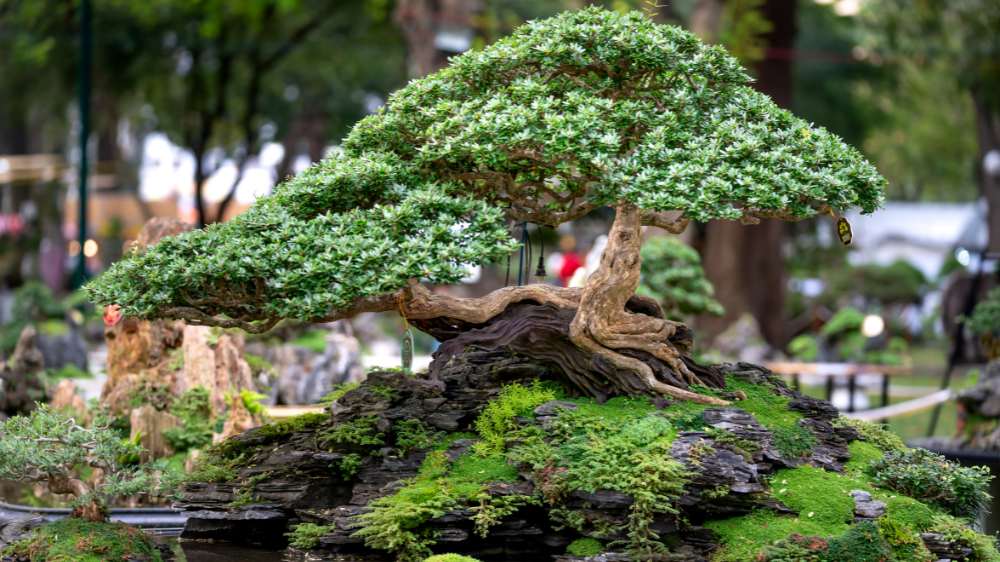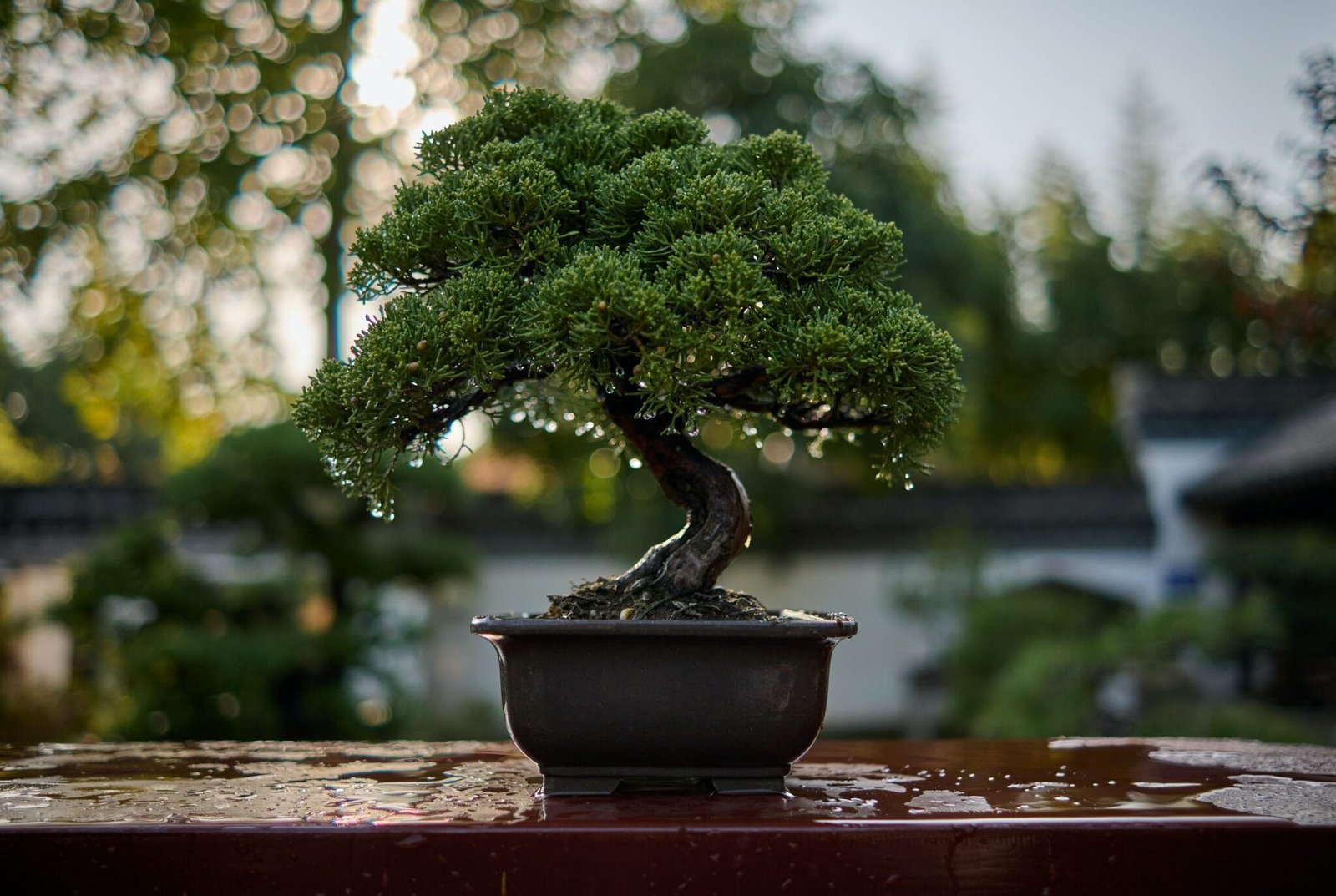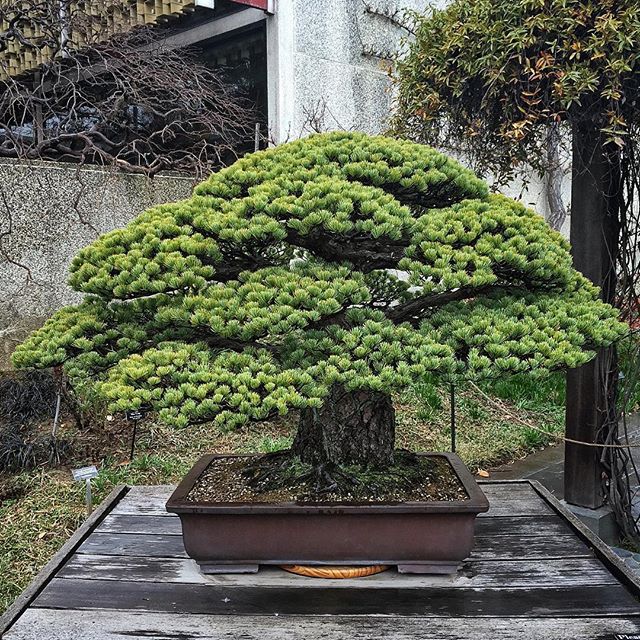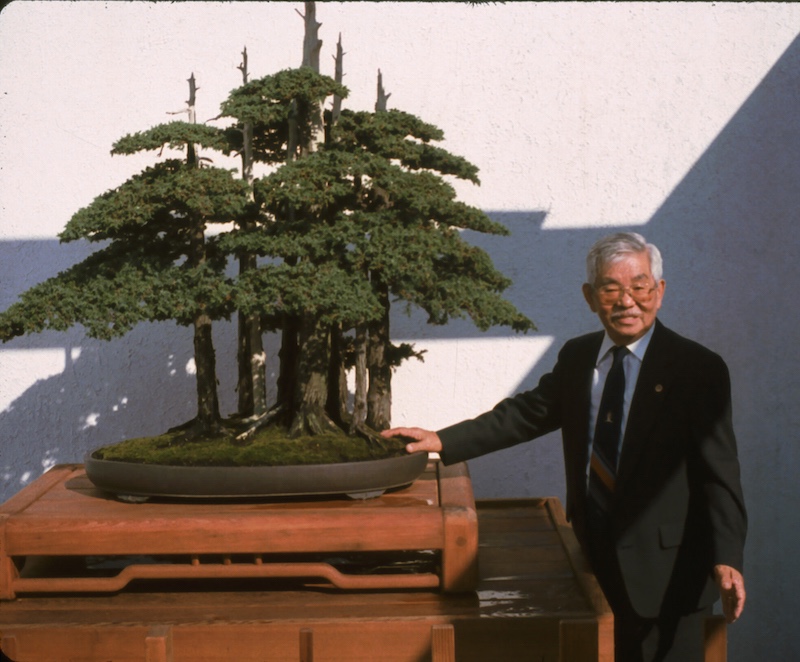The Art of Bonsai: Cultivating Miniature Trees for Tranquility
Welcome to the enchanting world of bonsai, where nature meets artistry, and tranquillity is cultivated in miniature form. If you've ever marvelled at the beauty of a perfectly pruned miniature tree, you've glimpsed into the captivating universe of bonsai. But there's more to these tiny wonders than meets the eye. Join me on a journey as we explore the essence of The Art of Bonsai: Cultivating Miniature Trees for Tranquility.
Defining Bonsai: A Miniature World of Harmony
Bonsai, derived from the Japanese words "bon" meaning tray and "sai" meaning planting, is the art of growing and shaping miniature trees in containers. But it's not just about shrinking trees down to size. Bonsai is a harmonious blend of horticulture, design, and philosophy.
At its core, bonsai seeks to replicate the essence of nature in a confined space, capturing the beauty and tranquillity of landscapes within the confines of a pot. It's about creating a serene microcosm that evokes a sense of peace and balance.
Key Aspects of Bonsai: Patience, Precision, and Purpose
Creating a bonsai masterpiece requires more than just trimming branches and roots. It demands patience, precision, and a deep understanding of horticulture. Each bonsai tree tells a story through its intricate design, reflecting the artist's vision and the passage of time.
One of the key aspects of bonsai is pruning. Bonsai artists shape the tree's growth by carefully trimming branches and foliage, creating the desired form and balance. Every cut is deliberate, guided by the principles of aesthetics and the tree's natural growth patterns.
Another essential element is wiring, where thin wires are used to train branches into specific positions. This technique allows artists to sculpt the tree's silhouette, adding movement and character to its form.
But perhaps the most crucial aspect of bonsai is patience. Unlike other art forms, bonsai is a living, breathing creation that evolves over time. It requires years of nurturing and care to develop into its full potential. Bonsai artists must learn to embrace the slow pace of growth, finding joy in the incremental changes that shape their creations.
Relevance of Bonsai in Today's World: Finding Peace in a Busy Life
In today's fast-paced world, where stress and anxiety often reign supreme, bonsai offers a welcome retreat into tranquillity. The act of tending to a bonsai tree forces us to slow down, be present at the moment, and appreciate nature's beauty in its purest form.
There's something inherently therapeutic about caring for a bonsai tree. Whether gently pruning its branches, watering its roots, or simply admiring its graceful form, bonsai provides a sense of calm and mindfulness in an otherwise chaotic world. Moreover, bonsai teaches us valuable lessons in resilience and patience. As we watch our tiny trees grow and evolve, we learn to embrace the journey, embracing the imperfections and celebrating the small victories along the way.
Anecdotes and Examples: Stories from the Bonsai Community
In the world of bonsai, every tree has a story to tell. From ancient specimens passed down through generations to newly cultivated creations, each bonsai carries with it a rich tapestry of history and tradition.
Take, for example, the legendary Goshin bonsai created by John Naka, often hailed as the father of American bonsai. Goshin, which means "protector of the spirit" in Japanese, is a masterpiece comprised of eleven juniper trees, each representing one of Naka's grandchildren. Through meticulous pruning and wiring, Naka transformed these humble junipers into a stunning composition that embodies the spirit of family and heritage.
Then there's the tale of the Yamaki pine, a bonsai tree that survived the atomic bombing of Hiroshima during World War II. Despite being just a few miles from ground zero, the Yamaki pine miraculously endured the blast and continued to thrive for decades. Its survival serves as a poignant reminder of nature's resilience and the enduring power of hope.
Conclusion: A Glimpse into an Endless Journey
As we come to the end of our journey through the world of bonsai, I hope you've gained a newfound appreciation for this timeless art form. Bonsai is more than just a hobby or a decorative ornament—it's a way of life, a philosophy, and a source of endless inspiration.
So why not embark on your own bonsai journey? Whether you're a seasoned enthusiast or a curious beginner, there's always something new to discover in the world of bonsai. As you delve deeper into this captivating art form, you'll find yourself drawn into a world of beauty, harmony, and tranquillity—a world where miniature trees reign supreme, and peace abounds.
In the words of John Naka, "Bonsai is not the result; that comes after. Your enjoyment is what is important." So take a moment to pause, breathe, and immerse yourself in the art of bonsai. Who knows what wonders await you in the miniature forests of your imagination?








Comments
Post a Comment